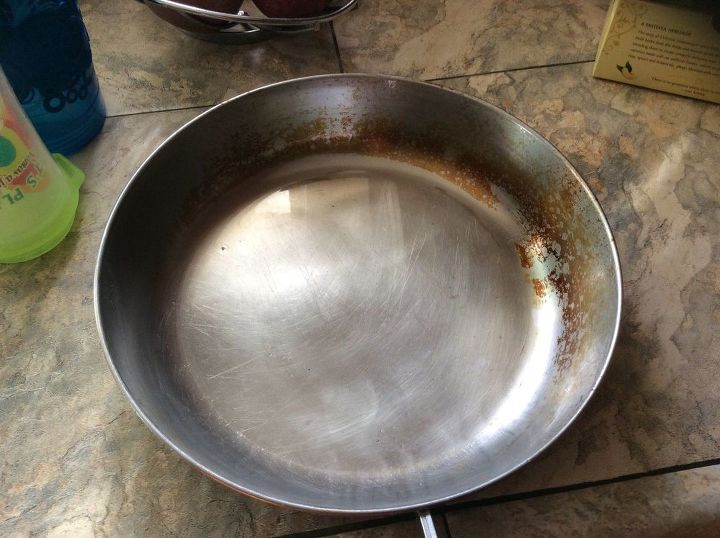How do I clean mold from a bamboo shower bench?

Related Discussions
How to clean a mirror without streaks?
Every time I clean my mirrors, they end up having tons of streaks and almost look worse than before I started. What could I use to clean them that won't leave streaks... See more
How to clean burns on stainless steel pans?
Help! I burned my pan. How do I clean stainless steel cookware that's been burned?
How to clean shower doors
How to clean glass shower doors
How to clean hardwood floors in the kitchen?
What is the best way to clean hardwood floors in the kitchen?
How to clean my kitchen cabinets from grease?
My kitchen cabinets are embarrassingly greasy. Please share your degreasing tips with me so I don't have to cringe every time I glance at my cabinets.
How do I clean mold from pool table felt and pockets?
I just noticed mold on our pool table felt and in the ball pockets. How do I clean the mold and keep it from happening in the future?
How do I clean mold and lichens on wooden Adirondack furniture?
I have a bunch of almost 30-year old unpainted wooden Adirondack furniture on my deck that has been exposed to harsh weather over the years. I've noticed lately that ... See more


Hi Melanie, Use Spray and Leave or Wet and Forget. Or Nail brush and soapy water.
Dawn and some bleach diluted. Use a soft brush for those hard to reach areas. Bleach kills mildew.
Try spraying Clorox on it. Let dry.
Try a mix of warm water, vinegar and baking soda.
Chlorine bleach aka Chlorox will NOT KILL MOLD in a porous surface! The chemical makeup of bleach prevents the chemical part from soaking in which means the only part that gets down to the roots of the mold ( yes it’s like a plant and has roots) is the water. So by using bleach on a moldy porous surface you are essentially dyeing the surface mold while feeding the roots. This is why mold always returns. The easiest way to kill the mold is to dry it out completely, unfortunately this is time consuming because most people don’t have a safe, dry place to put a bench for a long enough period of time. So enter cleaning products. Your problem is twofold, first you have the actual mold and then there is the stain left behind. Obviously both problems need to be addressed so let’s start with ending the mold.
1) Move the bench to outside the building. When you begin to kill mold it goes into survival mode and sends out spores that create new mold spots (it procreates to save itself)
2) Allow it to dry as complete as possible, any remains moisture will further dilute the the product you use and will make it less effective.
3) you can use several different commercial or homemade products to kill the mold. Commercial products I recommend is Concrobium. You can purchase it at most home improvement stores or from their website here. Concrobium.com
Homemade solutions that I find work the best are a tea tree oil solution (good at removing the musty odor as well). Use 1 tea spoon Tea tree essential oil (find at the pharmacy) per one cup of water. Apply with a spray bottle or a cloth. Don’t rinse just let it dry on the surface. You can also use a Grapefruit Seed extract (no scent) the same way. Both of these solutions should not be rinsed off and several applications work best, allowing to dry between each application.
Another excellent homemade solution is white vinegar. Distilled white vinegar will kill more than 80% of all mold types. Just spray it on undiluted (or if it’s the feet of the bench soak them in a container of vinegar) allow to dry and repeat.
4) now it’s time to address the stains left behind. Depending on the extent and location of the stains you have several options here as well. Commercially concrobium makes a stain remover that works in conjunction with the mold killer. If it’s not too extensive try a baking soda/water paste with a brush and rinse with hydrogen peroxide which is a nontoxic, chlorine-free bleach. If the bench has a finish on it (like wood stain) you may have to sand that off and refinish. Just be sure to treat the surface with a mold inhibitor before applying a new finish.
Lastly, in order to prevent future problems be sure to remove standing water. Use a squeegee after each shower and tilt the bench so water drains off and the feet don’t stay flat on the wet floor.
I realize this this is a long answer but it’s important to understand what does and doesn’t work and why.